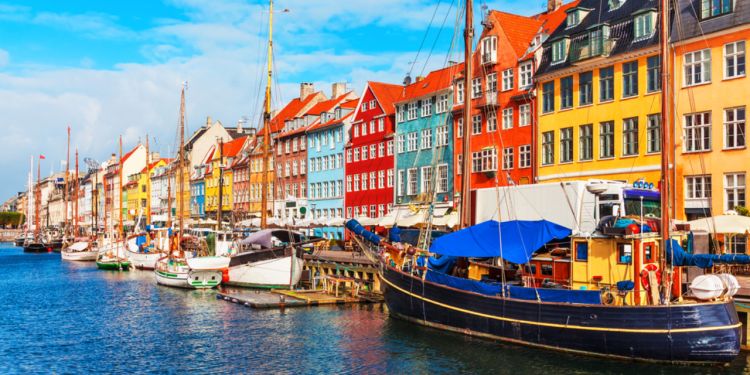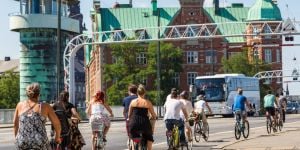
Copenhagen is the capital city of Denmark, and naturally, it is a hub of activity for locals and tourists alike. It is the largest city in Denmark with an urban population recording just over 600,000 residents. Here are some tips for managing expectations in your new city as you become a resident of Copenhagen yourself.
The climate in Copenhagen
Depending on the season in which you arrive, the climate will differ. Copenhagen has a relatively mild climate and cooler temperatures, with summer and autumn being the wettest seasons. It is a good idea to carry a jacket and umbrella with you, even in the summertime.
Getting around Copenhagen
Denmark is a particularly flat country, and Copenhagen is no different. Getting around Copenhagen by bike is one of the easiest and best ways to settle in. Like most European cities, there is also an extensive Metro and bus network ' and to make things even easier, all local transport makes use of the same ticketing system.
Always buy a ticket at a machine or 7 Eleven kiosk before boarding the train or metro to avoid fines. Single-trip tickets for bus journeys can be purchased onboard the bus, but make sure to bring small change in the local currency (DKK ' the Danish krone). Check out our guide on travelling around Copenhagen for more information about bike rentals and getting around.
Supermarkets and restaurants in Copenhagen
The streets of Copenhagen are easy to navigate, and you will have no trouble finding supermarkets and grocery stores. Even though the cost of living is relatively high ' it is a Scandinavian country, after all ' there are plenty of affordable options for a light meal in convenience stores and hot dog stands. It is good to keep in mind that restaurant meals here are expensive, even in seemingly informal eateries.
Living costs in Copenhagen
On the point of living costs, Copenhagen is expensive. Rental prices, transport, and food costs are higher than in most European cities, and the tax rates might give you a shock. Don't worry; you will get used to it. Finding an affordable apartment and job that pays on par with the national average will go a long way in allowing you to live comfortably.
The Danish culture
Copenhagen is quite an informal city. Most workplaces don't have a dress code, and people tend to avoid formal titles when addressing each other. Most Danes are friendly and approachable, although they might seem shy at first. One part that's not informal: being punctual! Arriving on time to appointments ' whether for interviews or just coffee with new Danish friends ' is taken very seriously. Do your best to be punctual and precise.
The language in Copenhagen
English is widely spoken in Copenhagen and services like public transport have English route maps and time schedules available. Most universities here have courses in English at both bachelor and master's levels. However, it is important to realise that learning a bit of Danish will certainly help you adapt to the local culture in the long run.
'Hygge'
Perhaps the most important thing to remember about Copenhagen and living in Denmark is 'hygge'. There's no direct translation for the term, but it generally refers to being cosy and relaxed while enjoying food and drink in the company of friends or family. Think homemade cake, authentic social gatherings with a notable absence of smartphones, warm food and comfortable seats, and candles in the wintertime'¦ that is 'hygge'.
It might be hard finding a group of local friends and getting a taste of the real Danish 'hygge'. In the meantime, 'hyg dig' (enjoy yourself) while exploring Copenhagen and the ins and outs of living here as an expat; you will be settled in before you know it.
We do our best to provide accurate and up to date information. However, if you have noticed any inaccuracies in this article, please let us know in the comments section below.








Comments